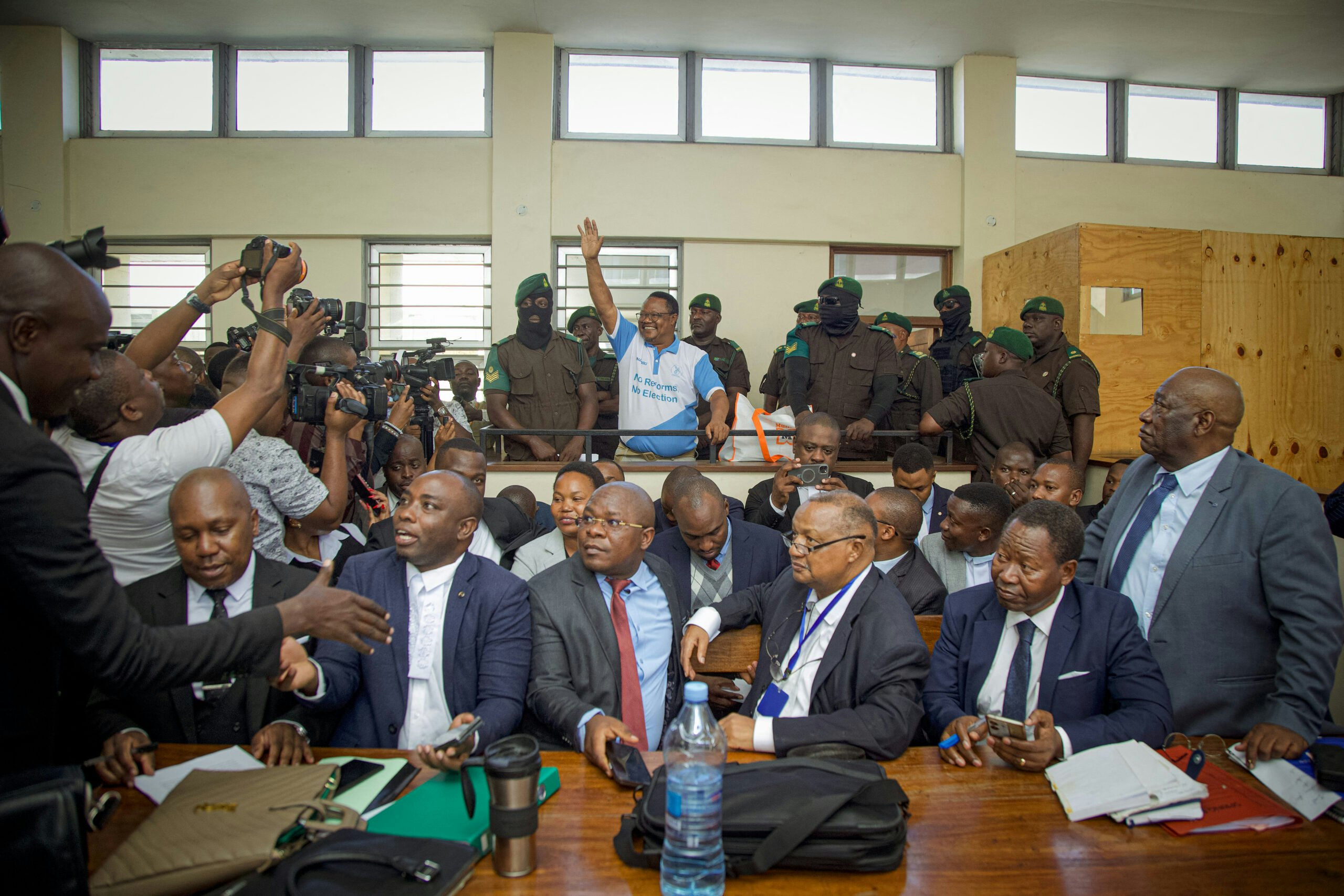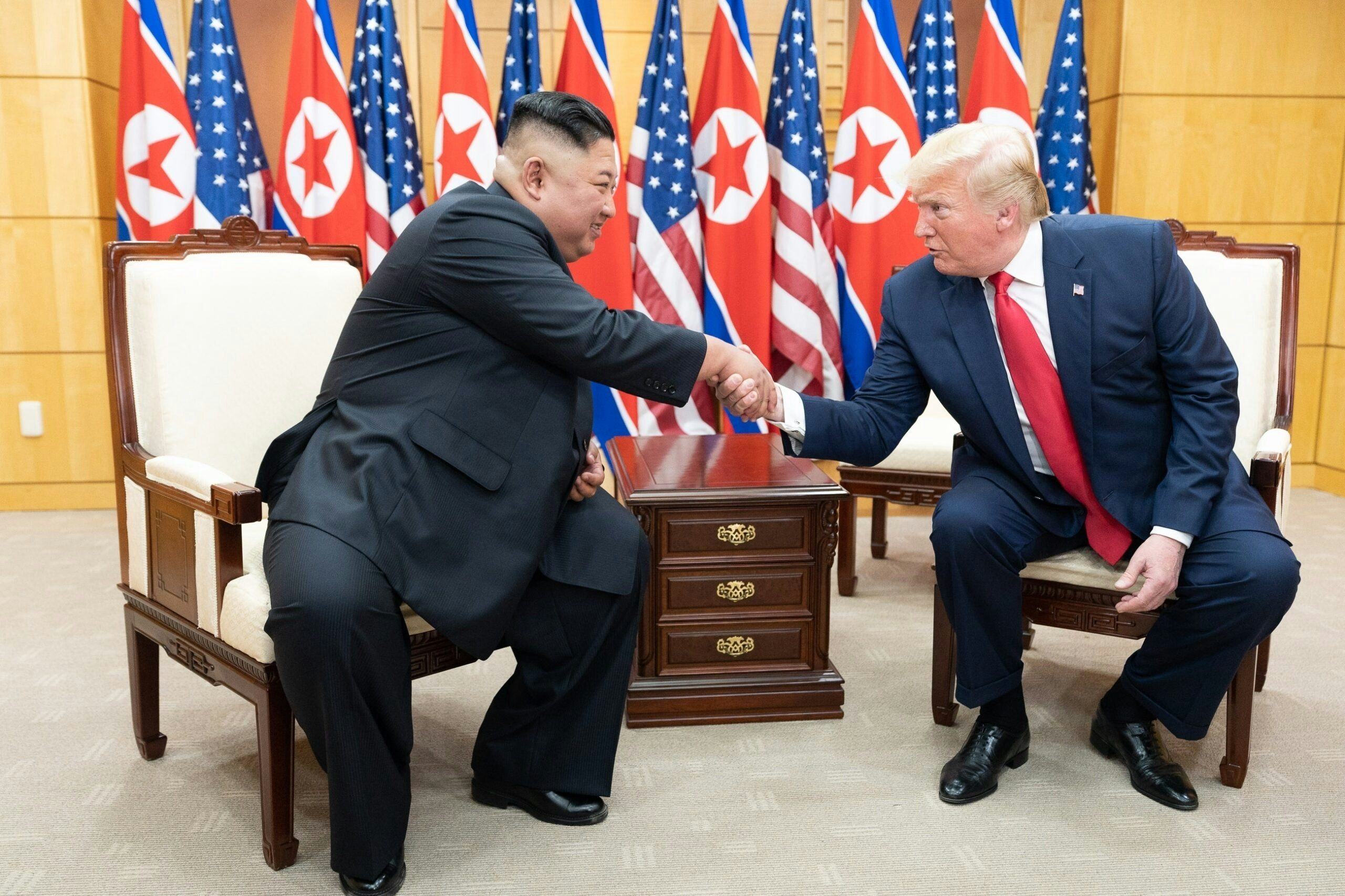When protests spread throughout Iran last September after the death of Mahsa Amini, a young, Kurdish Iranian woman arrested and beaten for improperly wearing her headscarf, Narges Mohammadi reported on the regime’s crackdown from a unique vantage point: Iran’s notorious Evin prison.
Mohammadi, the Deputy Director of the Center for Human Rights Documentation, wrote a letter describing the sexual abuse of women imprisoned during the demonstrations. Mohammadi returned to prison last April after a brief furlough for heart surgery to resume an eight-year sentence for alleged national security offenses.
In defiance of the Iranian regime’s strict repression of women’s style of dress and public behavior, demonstrators last September danced and sang, and women discarded their veils. The chants from the crowds for “Women, Life, Freedom” gave the protest movement its name and reflected the role of women in galvanizing opposition to the Islamic authoritarian regime.
The Iranian leadership responded with force. The Human Rights Activists News Agency (HRANA) estimated in January that more than 500 people had been killed and 19,000 arrested. Although many have subsequently been released, others face the death penalty.
Mohammadi was trained in physics, a background she shares with other renowned champions of human rights: the Russians Andrei Sakharov and Boris Nemtsov and Fang Lizhi of China.
Her rights work is wide ranging, but Roya Boroumand, Executive Director of the Abdorrahman Boroumand Foundation, told me that it is Mohammadi’s focus on the justice system that she regards as most significant.
“Iran’s judiciary acts as the persecuting arm of the ruling elite by summarily and arbitrarily prosecuting dissidents and ordinary people and using the death penalty to spread fear in society,” Boroumand says. Furthermore, “Mohammadi’s record of activism is not limited to high profile prisoners. Unlike many activists, she pays attention to ordinary prisoners who get caught in the claws of the judiciary.”
White torture: `I was overjoyed when a fly appeared’
Rather than let her imprisonment interrupt her work, Mohammadi simply continues it in cells and interrogation rooms. She has interviewed fellow inmates about their experiences of prolonged solitary confinement known in Iran as “white torture.” The interviews are published in a book White Torture: Interviews With Iranian Women Prisoners.
Nigara Afsharzadeh, a young mother and citizen of Turkmenistan endured white torture for 18 months after being imprisoned for espionage when visiting her daughter in Iran.
“Time does not pass in the cell. I was all alone,” she told Mohammadi. “The cell door had a narrow hatch that the women officers sometimes opened to look inside. I put my face behind the hatch for hours so that if they opened the door I could look into the corridor. The cell was silent, and there was no sound. I looked all over the cell so that I might find something like an ant, and whenever I could find one, I followed it. I talked to the ant for hours.”
Separation from and threats to their children add to the inmates’ torment. A prison official told Mavash Shahriari, a Baha’i leader, educator, and poet, that her son might meet with “an accident” on his way to visit. Baha’is are intensely persecuted in Iran. According to Radio Free Europe/Radio Liberty, Shahriari received a new 10-year prison sentence in November and has recently been denied contact with her family.
In White Torture, Mohammadi relates how her own medical “treatment” in prison serves as another form of torture.
“’Bring a chain…and tie her hands and feet to the bed legs,’” a doctor barks when Mohammadi cries during rough treatment. “The doctor, despite the fact that he had sworn an oath to save patients’ lives, began to speak loudly. ‘Ms. Mohammadi. Die, but die out of the prison,’” so that the regime won’t face international condemnation.
Later, security agents seized the records of the medical care Mohammadi received outside of prison, according to the book: “’We have doctors in the Ministry of Intelligence who are more experienced than your doctors,’” one agent told her. Mohammadi realized “he intended to manipulate the disease, drugs and treatments, and the weaknesses of my body, soul and mind” because, she said, “they weren’t done with me yet.”
Women at the forefront of unprecedented protests
No one can predict when political change might occur in Iran, but the “Women, Life, Freedom” protests mark a change in Iran.
“It was unprecedented to see a protest centered around women’s rights and the death in [Iran’s region of] Kurdistan of a woman belonging to a minority group spark a nationwide protest in solidarity” Boroumand says. The scope of the protesters’ goals is also significant, Boroumand says. They have gone beyond narrow “asks,” such as ending the requirement that women wear the veil, and “challenged the legitimacy of clerical rule” itself.
“All parties want the end of the theocracy,” says Reuel Gerecht of the Foundation for the Defense of Democracies. From the regime’s perspective, the stakes are high.
“Women are not intimidated, and this is difficult for the regime to handle,” Gerecht adds, since “the regime likes to present itself as women’s protector. A harsher crackdown has the prospect of bringing out many more men into the streets.”
The reluctance to use even more force against women may explain some bizarre poisonings of schoolgirls throughout the country, which can only be traced to the regime, Gerecht says.
The protests have also had an impact on the normally divided Iranian diaspora, says April Brady, Communications Director at the Project on Middle East Democracy. She points to the release in March of the Charter of Solidarity and Alliance for Freedom, also called the Mahsa Charter, which calls for international isolation of the Islamic regime and sets forth a blueprint for a secular democratic Iran.
According to Brady, “they are not just uniting in opposition to the regime, but are building a diverse coalition, comprising activists, actresses, athletes, Kurdish leaders, the son of the former shah, and others to create a shared vision for Iran’s democratic future.”
`I will return to prison to continue the fight’
As Mohammadi prepared to return to prison last year, she taped a short video message. It’s remarkable for its incongruities – her composure in the face of persecution, the contrast between the pleasant apartment which she is leaving for conditions she knows – and we know, thanks to her – will test but not break her.
“I am heading towards prison today, at 5 p.m., like many times before,” she says. Behind her are photographs of her two children, who live abroad with her husband Taghi Rahmani, a journalist and activist, who himself spent 14 years in prison.
“I am full of hope, and free from any worries or frustration,” she began, in a relaxed, and upbeat tone. She appeared as if she was about to go to work – which, of course, she was.
“I think my fellow countrymen and women are more aware and willing to achieve democracy after 100 years of struggle…. Of course, we are being suppressed by the [Islamic Republic of Iran]. But we believe that this is a sign of my people’s power and resilience and the weakness of the oppressors. I will return to prison to continue the fight.”































